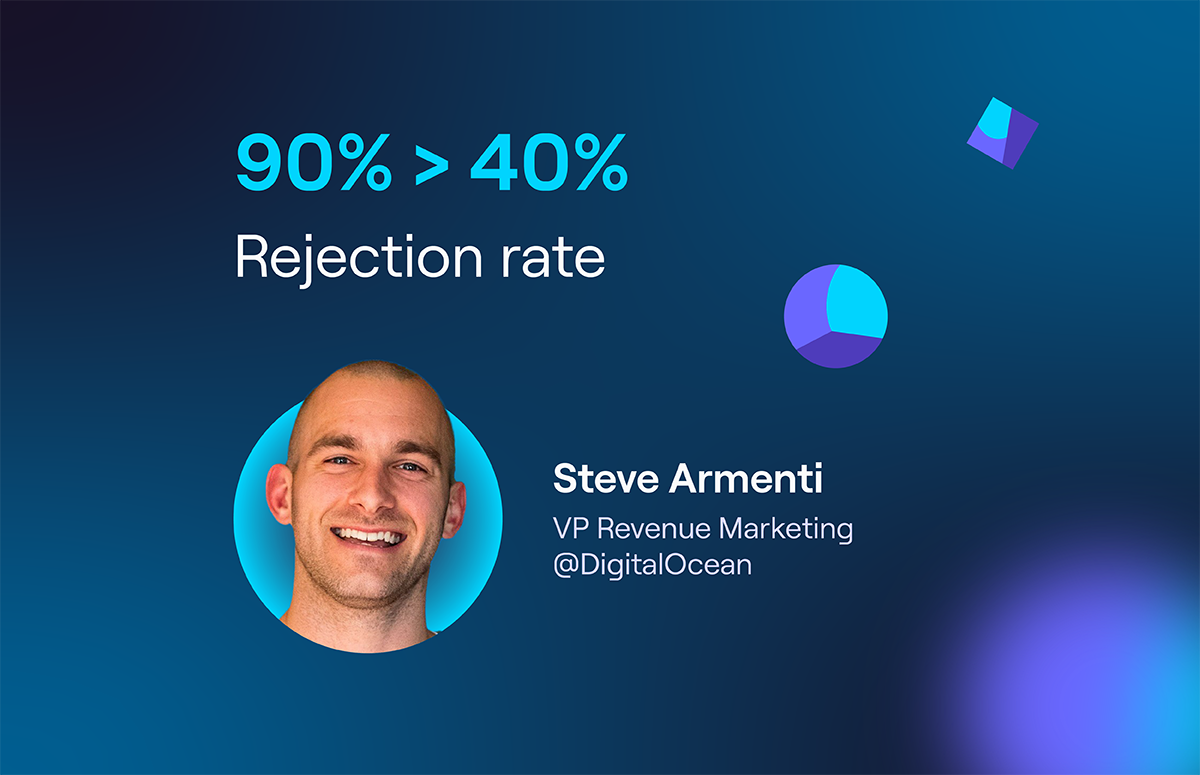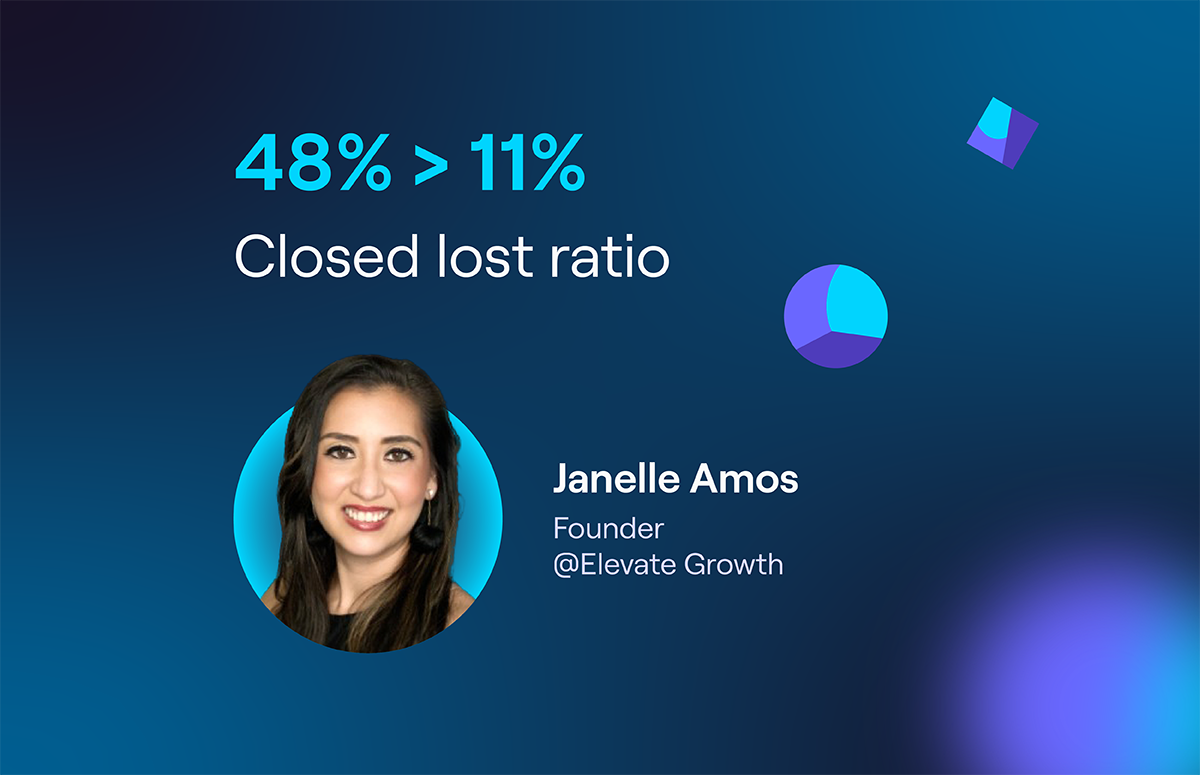FIX YOUR FUNNEL PLAYBOOK
Using chatbots and enrichment to reduce friction for meetings booked
Struggling to find value in your website chatbot?
Here's how Tas Bober blended a streamlined chatbot experience with data enrichment to increase the # of prospects booking a meeting. Whilst also slashing the cost of those meetings in half.
Industry and company size
-
700 employees
-
SaaS
Funnel stage
-
MQL > Meeting Booked
Playbook impact
-
50% reduction cost per meeting
PLAYBOOK HOST

Tas Bober
Founder @Delphinium Solutions
RECOMMENDED FOR
Let's jump in 👇🏻
💡 What was the problem?
Tas and her team were testing using Drift, a chatbot service on their website. In an attempt to serve up as much valuable content as possible to nurture prospects, Tas created a full automated content journey.
Tas said:
“This was a great service, but with any tool - it’s only good if you use it correctly. We were definitely trying to over engineer it. I spent way too much time building up a logic flow with the intention of getting people to content binge.”
“But we soon realised that prospects just don’t care to go through a process like that. They just want to talk to someone.”
Tas was finding that there was a heavy drop off rate on this content chatbot flow within the first 20%.
She already felt she had sunk too much time into this idea, and knew that to optimise it, it would take a lot more time and may not ever have the intended results.
At the same time, the book a meeting form was friction heavy with multiple fields required.
Tas said:
“We needed a lot of information for that hand raiser so that sales have enough to follow up on.”
And this was likely causing prospects to fall at the first hurdle - they didn’t want to fill out a long form with loads of details.
These two catalysts got Tas thinking of ways she could hit two birds with one stone, making the form fill process much less work for prospects, whilst also finding a better use of the chatbot service.
💡 Auditing the chatbot experience and routing
Reviewing the previous chatbot data, Tas could see that people were typing into the content flow that they wanted to speak to sales.
That paired with the low completion rate on the content flow made it clear that this chatbot could be better utilised to meet prospects needs.
Tas was also in close contact with a rep from Drift who made her aware of the possibility to use a chatbot to book meetings directly.
This is where she decided to test out the ‘skip the form playbook’. The main thing that needed to be ironed out was routing, making sure that the quality of the leads making it through to sales remained high and within the same regions.
This meant close contact with the sales team throughout the test, communication back and forth on who needed to be excluded from receiving the chatbot and who those leads would be routed to.
💡 Using the streamlined chatbot with enrichment
Tas and the team started a test using the drift chatbot to pop up to prospects on high intent pages offering them a direct route to speak to sales.
A message like ‘Hey, do you just wanna skip the form and book a meeting?’ would appear on screen, and they’d use enrichment data to minimise the number of fields they had to ask each prospect for.
Tas said:
“If we knew their email address, our intent tool would fill in the blanks and only ask for information we didn’t have. For example, if we didn't know what company they worked for, then that would be the only question we’d ask them.”
Idea being they’d only ask essential questions before booking the meeting.
After booking the meeting, the chatbot could then ask follow-up questions that were not covered by the enrichment process, allowing them to delve into the prospects' specific circumstances. ‘In order for us to prepare for this meeting, could you tell us about x, y and z?’
Tas added:
“Even though we’re asking the same questions, it made it feel a bit more natural.”
💡 What were the results?
This test had very positive results leading to Tas and her team continuing to run this playbook after the initial experiment.
They found that by shortening the inbound meeting request form and subbing in the additional information they could gather from enrichment, they saw a 35% increase in submissions.
This also resulted in a 50% reduction in the cost per meeting which dropped to $200.


.png)